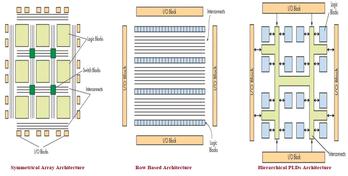
Color Sensor vs Monochrome Sensor: Key Differences
Explore the differences between color and monochrome sensors in cameras, including light output, sharpness, and image detail.
Advertisement

Explore the differences between color and monochrome sensors in cameras, including light output, sharpness, and image detail.

Explore the fundamentals of color sensors and detectors, including their applications in color identification, circuit design, and the role of IR filters.

Explore the pros and cons of color sensors, including their use in object sorting, automation, and cost-effectiveness, as well as limitations related to cost, use cases, and operating distance.

Explore the key differences between constant current and constant voltage LED drivers, their applications, and characteristics.

Learn about coolant sensors, also known as engine coolant temperature (ECT) sensors. This article covers their operation, advantages, and disadvantages.

Explore the pros and cons of coolant sensors, including engine protection, fast response, limited temperature range, and fragility.
Understand the distinctions between Intel Core i3, i5, and i7 processors, their features, and which is best for your computing needs and budget.
Explore the key differences between Intel Core i7 and Core i9 processors. Compare specifications, performance, and features to understand which CPU suits your needs.
Explore the differences between crystals and resonators, including accuracy, stability, size, cost, and applications as clock sources in electronic circuits.
Explore the differences between DDR5 and LPDDR5 memory, focusing on power consumption, performance, and target applications. Understand which type is best for your needs.

Explore the key differences between Depletion and Enhancement MOSFETs, including conduction at 0V, cut-off voltage, leakage currents, and logic operations. Learn about their construction, characteristics, and applications.

Explore various FPGA types based on architecture, configuration memory, features, capacity, application, and packaging. Understand their advantages and disadvantages for selecting the right FPGA.

Explore the pros and cons of DRAM (Dynamic Random Access Memory) in computer systems, including its volatility, speed, cost-effectiveness, and limitations.

Explore the distinctions between dry and wet cells, focusing on their construction, applications, advantages, and disadvantages.
Explore why Emitter-Coupled Logic (ECL) stands out as the fastest logic family. Discover its differential signaling, current mode operation, and limited voltage swing advantages.
Explore the pros and cons of EEPROM memory, covering its features like electrical erasure and in-system programming, alongside drawbacks such as voltage needs and limited data retention.

Explore the pros and cons of electret microphones, including cost, quality, frequency response, and durability. Understand their applications and limitations.
Explore the pros and cons of Electric Double Layer Capacitors (EDLCs). Learn about their high energy density, long cycle life, and limitations like lower voltage ratings.

Explore the differences between eMMC and UFS storage, comparing speed, performance, energy consumption, and more to understand which is better for your device.
Learn the distinctions between EPROM, EEPROM, and Flash EPROM, covering cell size, programming, erasing techniques, voltage, and performance.
Advertisement